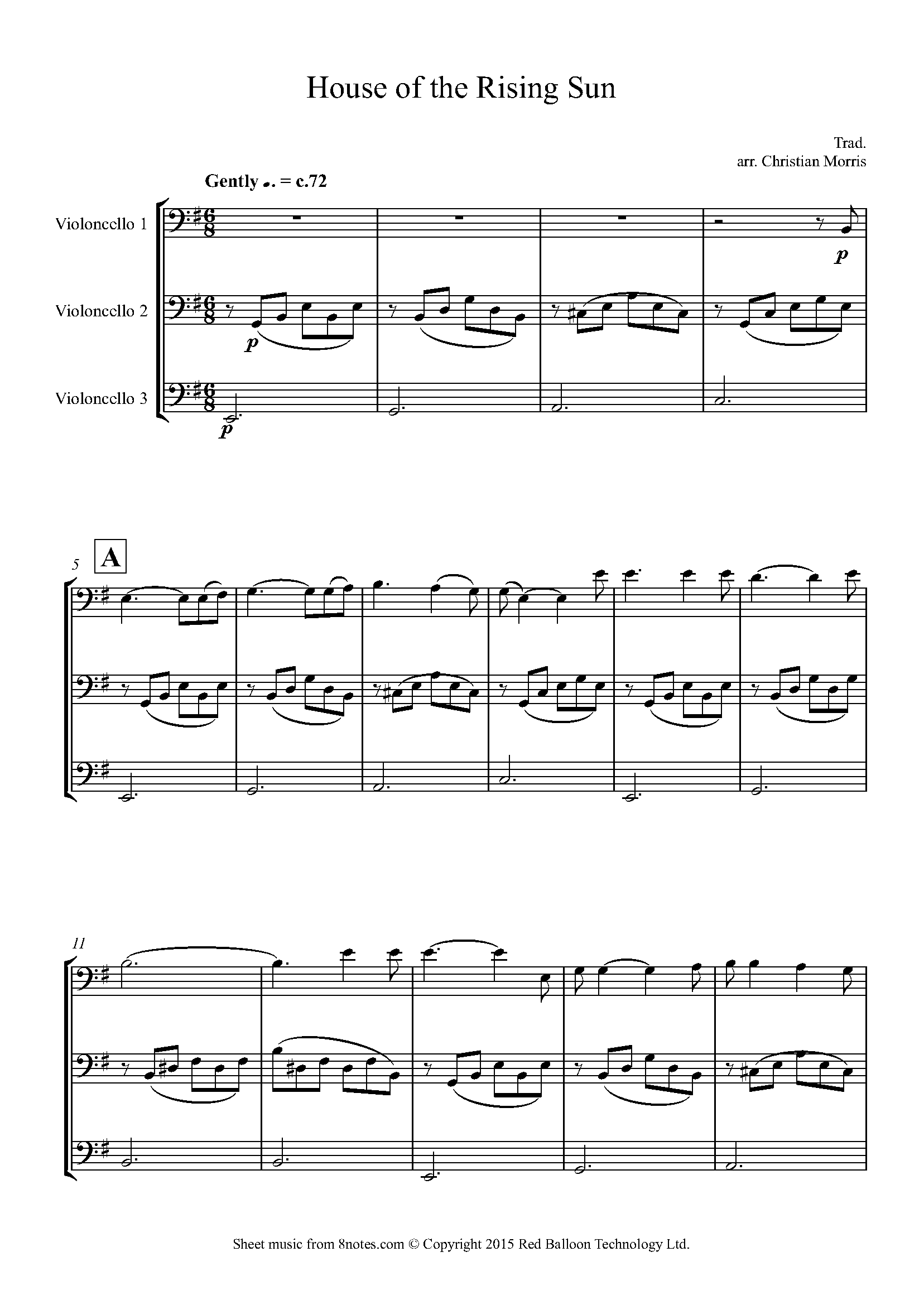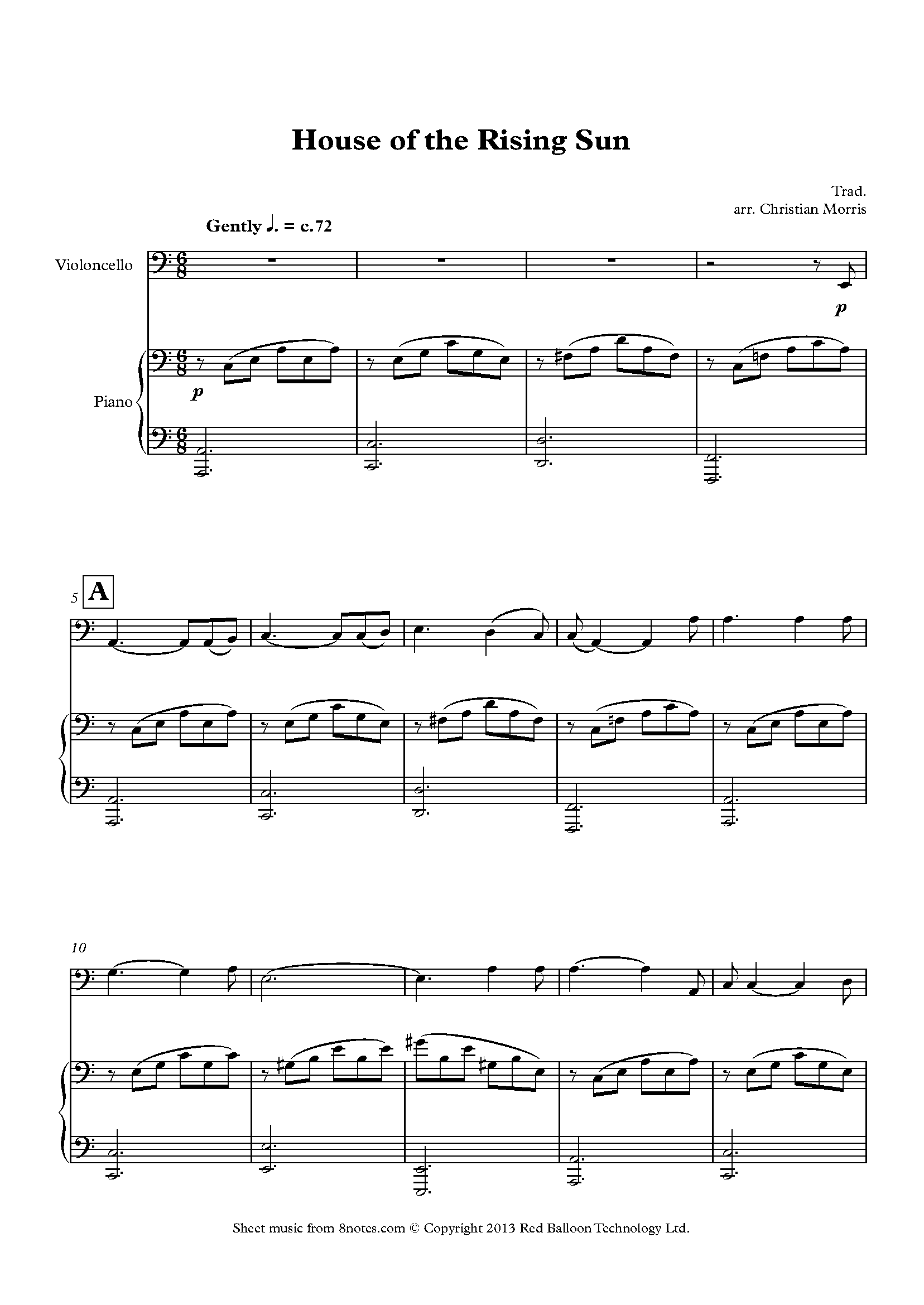Table Of Content
- 'House of the Rising Sun': The Appalachian Folk Origins of the Rock Classic
- Q: How did The Doors’ version of House of the Rising Sun differ from previous versions?
- Can “House of the Rising Sun” be considered a timeless classic?
- The Conflicting Stories Behind the Origin of “Surfer Girl” by The Beach Boys
- The Story Behind the Legendary Song

The song serves as a cautionary tale, exploring the consequences of making sinful choices. This is a song that is instantly recognized by those first seven or eight guitar notes. And it is a song that has become more than special in the history of Rock and Blues Music. It is a great song for them to perform, but it wasn’t the only one that raised the roof. I suppose to an extent, that will depend on whether it is a man or a woman singing it. However, there is a major theme in “House of the Rising Sun” that is common to just about all versions.
'House of the Rising Sun': The Appalachian Folk Origins of the Rock Classic
A house of the Rising Sun, rebranded in 1828 - NOLA.com
A house of the Rising Sun, rebranded in 1828.
Posted: Sun, 11 Dec 2016 08:00:00 GMT [source]
Both the Joan Baez and Dylan versions were included on their first albums, which were both very folk-oriented. I don’t know a single classic rock aficionado who doesn’t count ‘The House Of The Rising Sun’ by The Animals among their favorite tunes! This eerie, soulful song was released in 1964 during the height of the British invasion and it’s one that’s stood the test of time with use in movies and television since its release. Many have sung “House of the Rising Sun” before Eric Burdon took it on with the Animals, and many will sing it in the future. Its psychological insight and philosophical meaning are all too relevant for this song to be anything but timeless.
Q: How did The Doors’ version of House of the Rising Sun differ from previous versions?
The mystery deepens when you learn that there is a pub in Lowestoft called ‘The Rising Sun.’ Opened before 1964, I might add. A song that, when you try to get to the bottom of what it is all about and where it came from, asks more questions than it answers. The meaning behind “House of the Rising Sun” by The Animals is one such song. If the music sounded almost supernatural, Burdon’s vocal gave the song its terrestrial heart, one rent in two by the loaded dice and lost bets. He tempers his performance, starting off low and with deadly serious intent to grab your attention.
Can “House of the Rising Sun” be considered a timeless classic?
In an interview for the documentary No Direction Home, Van Ronk said that he was intending to record the song and that Dylan copied his version. The song tells the haunting tale of a person’s downfall and subsequent ruin in the infamous House of the Rising Sun. The lyrics paint a vivid picture of a life consumed by vice, sin, and despair. It speaks of a place of ill repute, a den of iniquity where the protagonist’s life takes a turn for the worse.
The Conflicting Stories Behind the Origin of “Surfer Girl” by The Beach Boys
The earliest recorded versions date back to the 1930s, and it has since been covered by numerous artists in various styles. House of the Rising Sun is a timeless classic, and one of the most iconic songs in the history of rock music. Originally an old folk tune, this song has been interpreted and reimagined by various artists over the years. However, it was The Doors who truly brought it to life and made it their own. In these variations, the narrator is a woman bemoaning her return to prostitution. Male singers made it “the ruin of many a poor boy,” which transformed the title establishment into a gambling den.
"The House of the Rising Sun" Lyrics (The Animals Version)
There have been tales of a picture of a women’s prison outside of New Orleans with a stone etching of a rising sun over the gate, though no images have surfaced to date. The theory is plausible, since most versions before the 60s made the narrator a woman, and many renditions include the phrase “ball and chain”. A house on Esplanade Ave, just beside the French Quarter in the Treme neighborhood has, at times, been referenced as being “the” Rising Sun, as have several other places in the area. In all actuality, the term “Rising Sun” was and continues to be (no doubt fueled, in part, by the song’s staying power and popularity, bringing it full-circle,) a common phrase.


While the general narrative centers around a downward spiral into vice and ruin, interpretations of the song’s meaning can vary. Some suggest that it serves as a metaphor for the cyclic nature of life or the hardships faced by women in society. First, there was that iconic guitar arpeggio to start the song that every learning guitarist tried to play but couldn’t.
The Number Ones: The Animals' “The House Of The Rising Sun” - Stereogum
The Number Ones: The Animals' “The House Of The Rising Sun”.
Posted: Thu, 28 Jun 2018 07:00:00 GMT [source]
Frijid Pink version
Little did I know that this haunting melody would leave an everlasting impression on my soul. By the time the ’60s rolled around, the folk legend Dave Van Ronk included an intense take on “House of the Rising Sun” as a steady part of his live repertoire. His young acolyte Bob Dylan largely mimicked Van Ronk’s arrangement of the song and included it on his debut album.
The Story Behind the Legendary Song
But it’s hard to imagine that anybody will ever again inhabit that doomed soul at the epicenter of the tale quite as well. The song is also credited to Ronnie Gilbert on an album by the Weavers released in the late 1940s or early 1950s. Pete Seeger released a version on Folkways Records in 1958, which was re-released by Smithsonian Folkways in 2009.[16] Andy Griffith recorded the song on his 1959 album Andy Griffith Shouts the Blues and Old Timey Songs.
Leadbelly’s rendition undoubtedly popularized the song, but it has been covered by numerous artists over the years. One notable cover of “House of the Rising Sun” is The Animals’ 1964 version, which introduced the song to a whole new generation and became an international hit. Many believe that this points out to a brother in New Orleans, where the song was supposedly named after the occupant Madame Marianne LeSoleil Levant, which meant Rising Sun in French. Another popular theory goes that it was about a women’s prison in the city which had a gate that bore a rising sun motif (allegedly a reference to the “ball and chain” lyric in the song). It remains, without a doubt, one of the songs that shaped the 60s and, to some extent, shaped rock music. The use of light and shade and a progressive atmospheric build was innovative.
As many people over the years churned and moved and settled, the places that components of the song could have come from are nearly endless. Much like hundreds of other folk songs, the epicenter of House of the Rising Sun is lost to the past. It was a song that was passed from person to person and from one generation to the next. It’s earliest singers, the location of the house that so many had apparently spent their lives in sin and misery, and most everything else about the song is a mystery.
The song became a hit in the '60s and continues to be recognizable even to casual music fans to this day. "The House of the Rising Sun" has been covered many times since The Animals' version by artists including Frijid Pink, Five Finger Death Punch, and notably, Dolly Parton. Parton's version was released in 1981 from her 9 to 5 and Odd Jobs album.

No comments:
Post a Comment